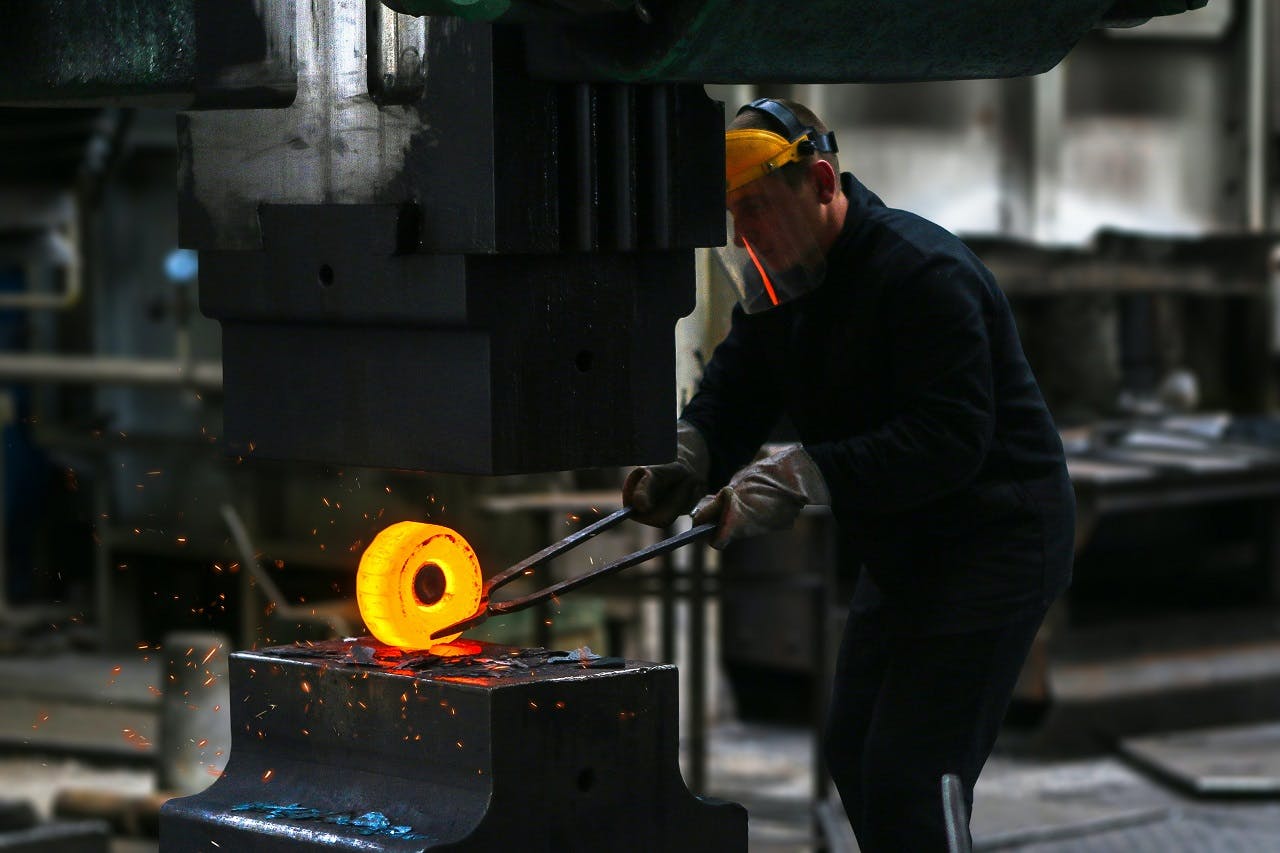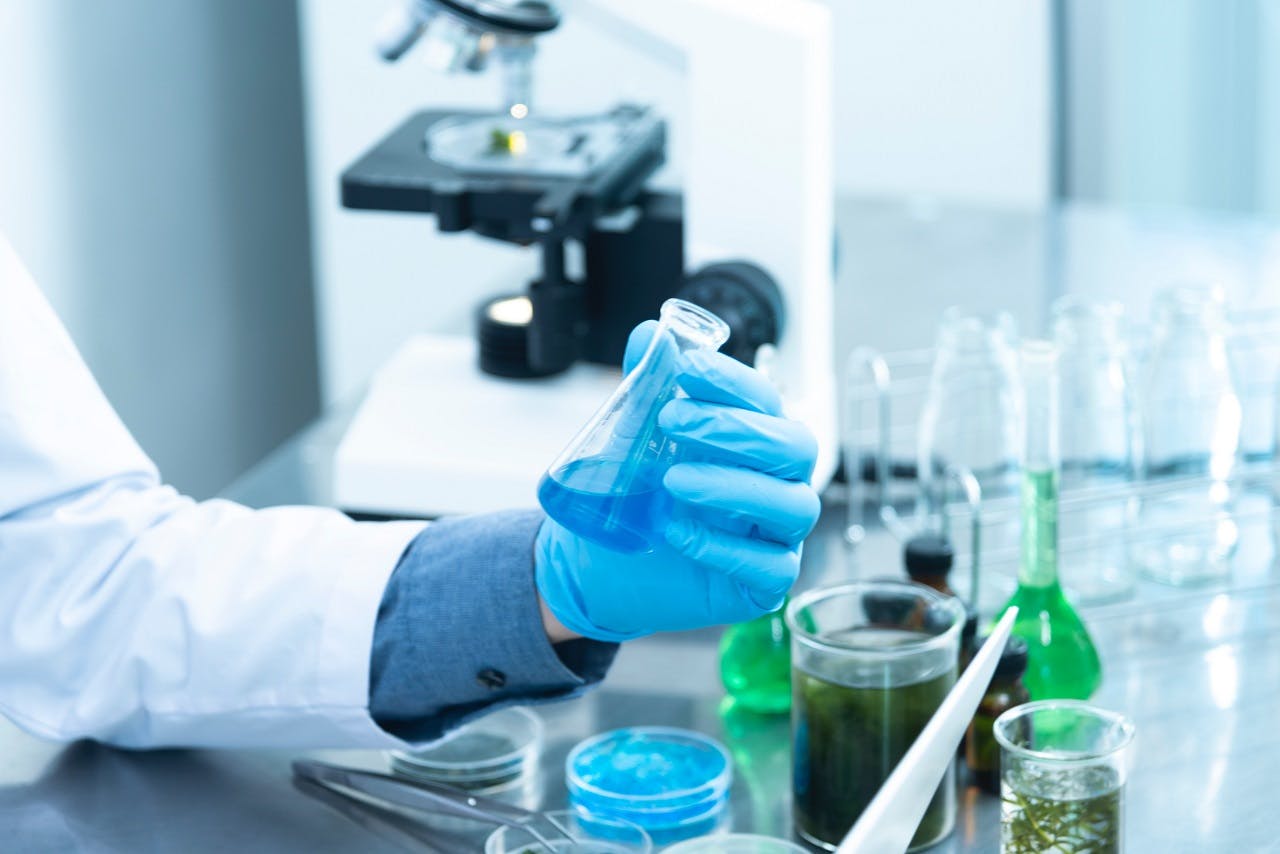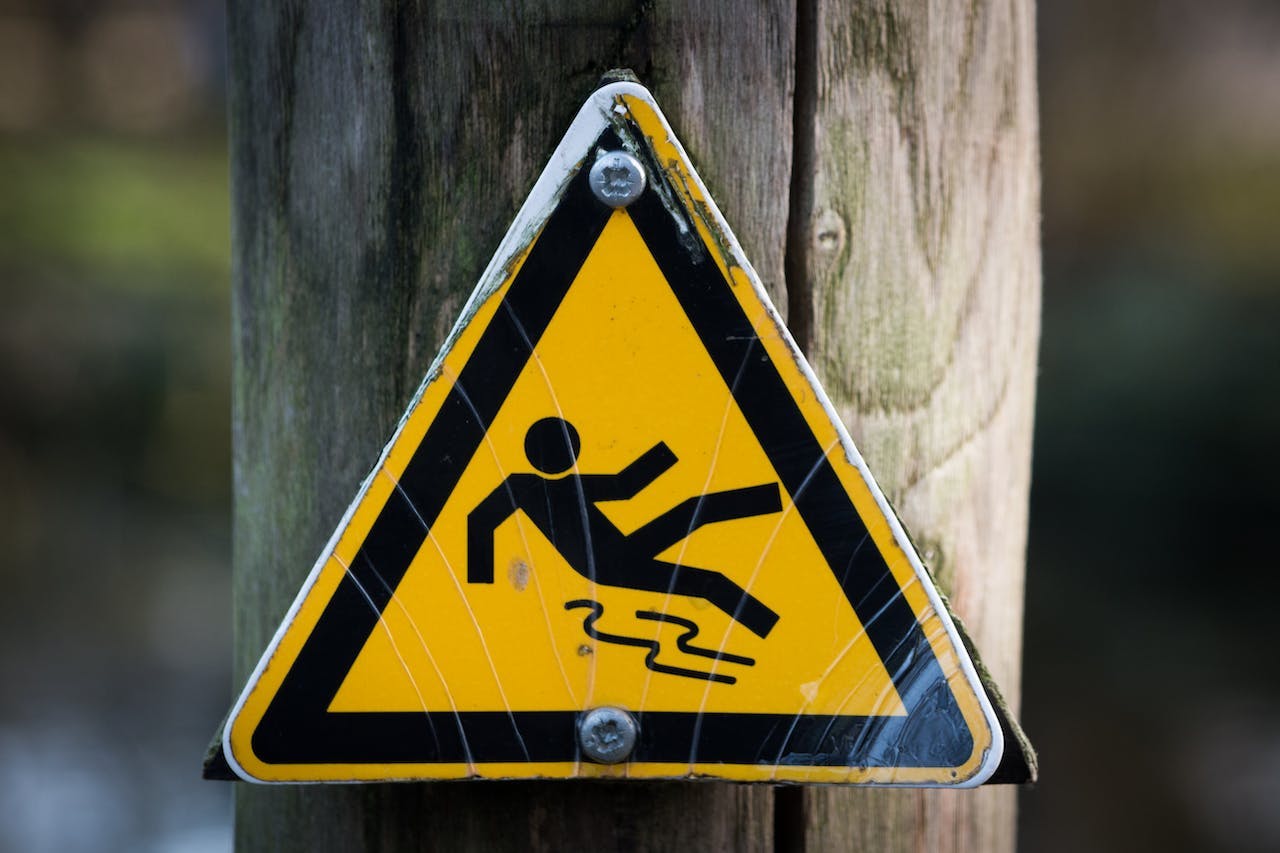The health and safety of employees is the goal of any company. The real challenge is implementing the systems needed to make this possible.
So, what options do you have? Industrial hygiene measures are some of the more effective ways you can prioritize workplace health and safety. A strong industrial hygiene program can reduce potential risks by giving employees the knowledge and protection required to work safely.
The results: less downtime, improved employee confidence, and a boost in company morale and productivity.
In this post, we’ll cover the basics of industrial hygiene, key components, and provide additional insights into how you can build a culture of safety in your workplace.
What is industrial hygiene?
Let’s start with the basics: what is industrial hygiene?
Industrial hygiene, also referred to as occupational hygiene, occupational health, or workplace health and safety, is expecting, recognizing, evaluating, and controlling environmental hazards or stressors in the workplace.

This can be anything from physical injury, illness, or the mental wellbeing of employees. Industrial hygiene best practices recommend identifying and controlling hazards when they occur, when conditions change, or through routine reviews. The goal of any industrial hygiene program is to deal with hazards effectively and efficiently before they become a problem for employees.
Industrial hygiene can differ from company to company, but most often involves an industrial hygienist who performs detailed workplace monitoring and consistent testing to find and isolate any potential hazards. It can also involve design alterations and workplace controls to lower the risk of these hazards.
When an industrial hygienist finds something that can jeopardize the health and safety of an employee, they’ll work alongside the company to control or eliminate the hazard. For example, a company may substitute a dangerous chemical for a less hazardous one, reducing exposure times, implementing the use of PPE (personal protective equipment), or increasing ventilation in the building.
What are the types of hazards defined by industrial hygiene?
Industrial hygiene is defined by a series of five hazards and controls.
Learning the importance of each of these hazards and controls is an important first step in protecting your employees from potential injuries and illnesses.
Biological
Biological hazards include things like fungi, bacteria, mold, viruses, and any living organism that can cause infections. These types of hazards are most common in healthcare and research and development environments.

Employees who work with plants, animals, in a lab, or in the medical field are most at risk of coming into contact with biological hazards, but mold and bacteria may be found in any workplace. Proper handwashing, ventilation, PPE, and containing any potential hazard can protect your employees from getting sick.
Chemical
Chemical hazards can occur in a variety of states, such as gases, liquids, solids, vapors, and fumes. Anything that can be ingested, inhaled, or absorbed through the skin can be considered a chemical hazard.
Companies with potential chemical hazards must have safety measures in place to manage and control these risks. Safety Data Sheets (SDSs) and Material Safety Data Sheets (MSDSs) are forms of control that allow you to track these hazards and improve health and safety. Manufacturers should supply an SDS to your organization since it contains pertinent health and toxicological information. You can also label each chemical with matching information to its SDS.
Encouraging frequent hand washing and performing regular equipment maintenance can also reduce the amount of chemicals being absorbed by the skin. When a new product, piece of equipment, or tool is introduced to your facility, schedule a meeting to review the SDS to ensure safe use and operation.
Remember, awareness is key when it comes to chemical hazards. Effective awareness training is one of the best ways to protect your employees.
Ergonomic
Ergonomic hazards generally include anything related to posture and the techniques required for repetitive, task-based work.
Ergonomics is the study of people in the workplace. Its goal is to eliminate discomfort and risk of injury. Proper ergonomics includes providing the best furniture or equipment to promote good posture and lessen strain, reducing stress on overused muscles, and eliminating injuries caused by performing repetitive tasks.
Ergonomic office furniture can include adjustable chairs, standing desks, and ergonomic keyboards that promote healthy posture. In a more industrial setting, ergonomics also includes knowing how to bend, lift, and push to avoid injury when performing repetitive tasks.
Environmental
Environmental hazards can include air contaminants, such as aerosols, fibers, fumes, mists, gases, and vapors. It also includes combustion and welding gases like carbon monoxide, acetylene, nitrogen, helium, and argon.
Even small environmental hazards like dust particles from blasting, drilling, sanding, and grinding can pose a risk.

Sufficient ventilation and using proper PPE, such as masks, respirators, and face shields are all efficient measures for controlling environmental hazards.
Physical (heat, noise, radiation, and vibration)
Physical hazards include any physical disruptions, such as temperatures, noises, radiation, and vibration.
- Temperature: High and low temperatures can be problematic for workers. When temperatures are too high, employees may suffer from a heat stroke or heat exhaustion. Employees should be encouraged to stay hydrated and cool off to avoid overheating. Exposure to low temperatures is another factor to consider. Prolonged exposure to the cold can cause frostbite or hypothermia. Effective controls may include providing warm clothes and short breaks to warm up.
- Noise: Hearing loss is a common side effect when employees are exposed to loud noises for prolonged periods. You can reduce noise by providing adequate PPE, such as earplugs or muffs, changing the design of your building to minimize noise (this can include installing silencers or mufflers), and keeping employees who aren’t involved with the loud sounds separate from the area.
- Radiation: While this hazard isn’t common in most workplaces, it is common in medical facilities, nuclear plants, the military, oil and gas, and other heavy industries. Ensure your employees have proper protective shields and clothing to protect them from the long-term effects of radiation.
- Vibration: Another common hazard that can lead to long-term health problems if left unaddressed. This hazard is common in industries that use heavy machinery. Potential controls include shock absorbers, suspension systems, and other specialized equipment that can reduce vibration.
Create a best-in-class industrial hygiene program with monitorQA
You now know the basics of industrial hygiene, which means you are one step closer to creating a safer workplace.
Even though an industrial hygiene program may take time to create—it’s just one of the necessary steps you need to take to achieve operational excellence.
Are you looking for powerful inspection software that can improve the effectiveness of your industrial hygiene program? Book a discovery call and see how monitorQA can give you full visibility into your workplace safety.
last modified:09.17.24
Recent Posts

Top 5 Food Processing Industry Trends That Matter in 2025

Keeping Up With Compliance Trends 2025

OSHA Ladder Safety 101: How to Meet OSHA Standards and Keep Your Workers Safe

Car Wash Safety: Regulations & Best Practices You Need to Know

Fall Hazards At Work: How To Keep Your Employees Safe

The High Price of Neglect: OSHA Violations and Penalties

Expert Advice on Preventing Workplace Electrical Hazards

Slips, Trips and Falls in the Workplace: Best Practices

HSEQ Audit: The Complete Guide

Improve Safety: Inspection Management Software Benefits
